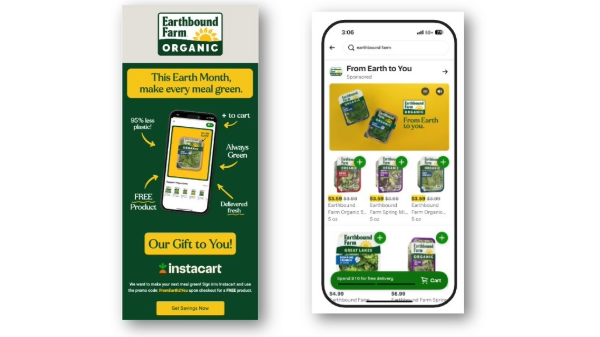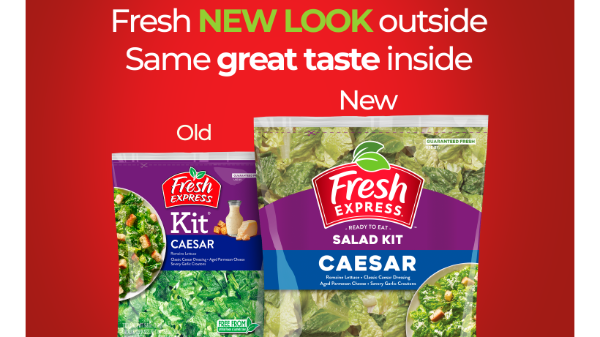Welcome to Blue Book!
Are you ready to join the thousands of companies who rely on Blue Book to drive smarter decisions? View our plans and get started today!
Still have questions? We’d love to show you what Blue Book can do for you. Drop us a line– we’ve been waiting for you.

Higgins notes that while creating a national brand may be cost-prohibitive for the average small to mid-sized produce company, there are opportunities with subsets of the market, such as a targeting particular consumer groups or creating a regional brand. “You can selectively pick the right opportunity or niche,” she says.
“I believe the investment of branding can pay off if executed correctly,” says Kori Tuggle-Dinner, vice president of marketing at Salinas-based Church Brothers LLC. “However, there needs to be buy-in from the production level all the way through the retail channel.”
Packaging as a Billboard
As packaged produce continues to gain shelf space, the packaging itself has become a critical component of branding. “That’s the billboard in the supermarket,” Lucido says.
Stemm notes that packaging not only allows a vendor to communicate its brand attributes and catch a consumer’s eye, but can be a selling point in itself. It can extend the product’s life, be the perfect size for a lunchbox, or add convenience, such as by pairing a dip with carrots. “It reinforces the usage occasion,” he explains.
Higgins agrees, noting that many brands have some sort of added value as a key attribute, citing Wholly Guacamole’s grab-and-go 100-calorie cups and Side Delights gourmet convenience potatoes as examples which use “packaging and branding to get people to think about new uses,” she says.
Tactics and Outreach
Other branding tactics include point-of-sale signage and sampling, social media campaigns and web marketing, cause marketing and celebrity endorsements, and print and television advertising.
Ciruli Brothers reinforces its mango brands through trade advertising, partnerships with chefs and culinary schools, recipe contests, working with retailers on packaging ideas (such as clamshells at Costco that include take-home recipes), and supporting customers’ social media use.
One of Krivanek’s clients, Ocean Mist Farms, became a leader in artichokes by providing information on preparation, after learning consumers liked artichokes but didn’t know what to do with them. Business-to-business and business-to-consumer tactics have included consumer clubs, social media, and merchandising displays, all aligned with the goal of providing informational content to make consumers comfortable with artichokes.
Krivanek again stresses corporate alignment: social media, like all branding elements, needs to be targeted and support overall corporate strategy. “Some people will put their brand on Facebook or Tweet about it. Okay, so what?” she says. “If it’s not targeted, people start to get disenchanted and confused.”
Social Media and Retail Support
That said, social media and the web, along with packaging, represent achievable and effective tactics. As Mackey Almy counsels, “Ask yourself, ‘Am I prepared with the avenues I have available to me today to tell my brand story?’ A good place to start is just getting your digital story up to date.” On the other hand, she warns, “Social media is a lot more complex than people think; it’s important, but the misconception is that it’s easy.”








